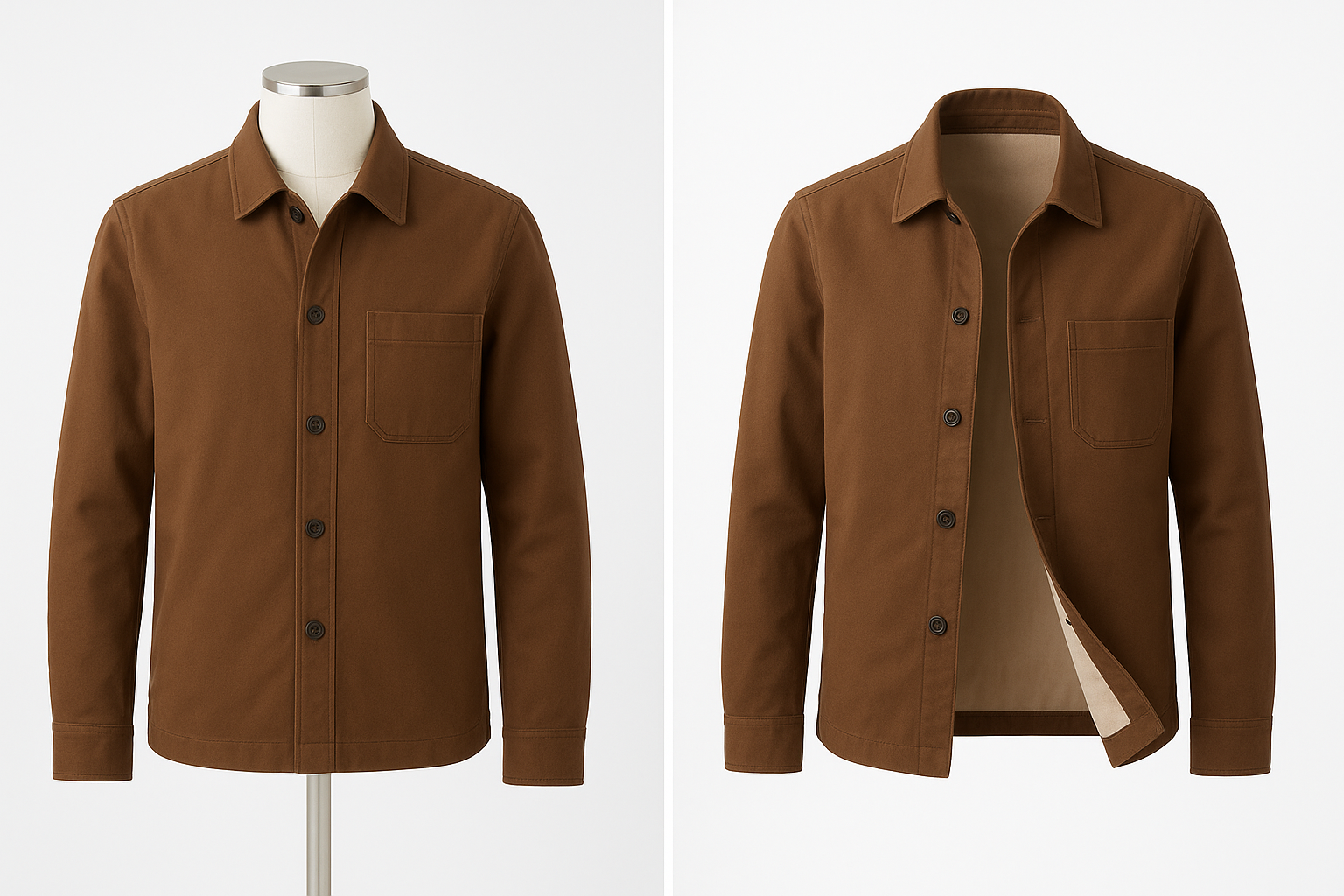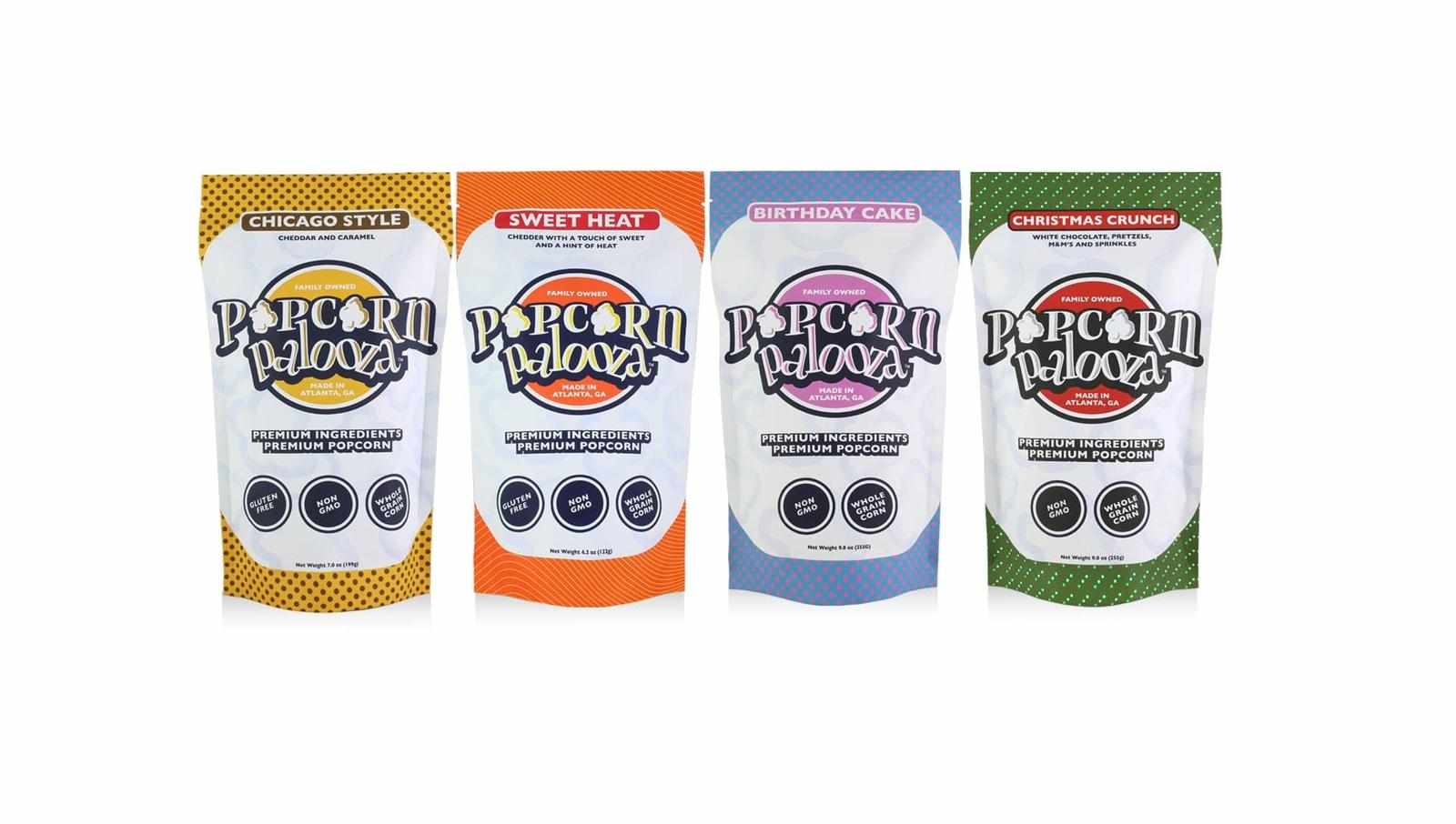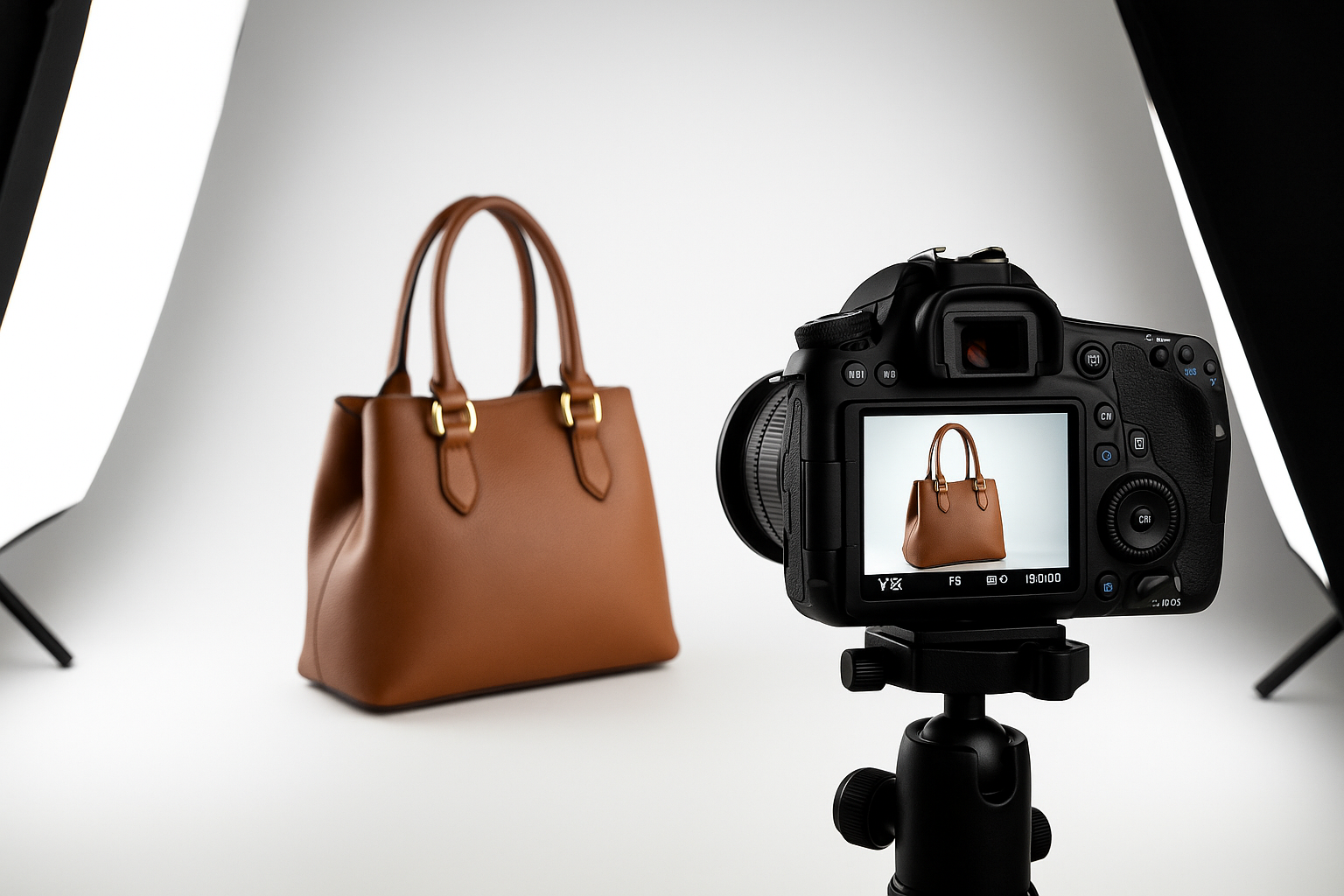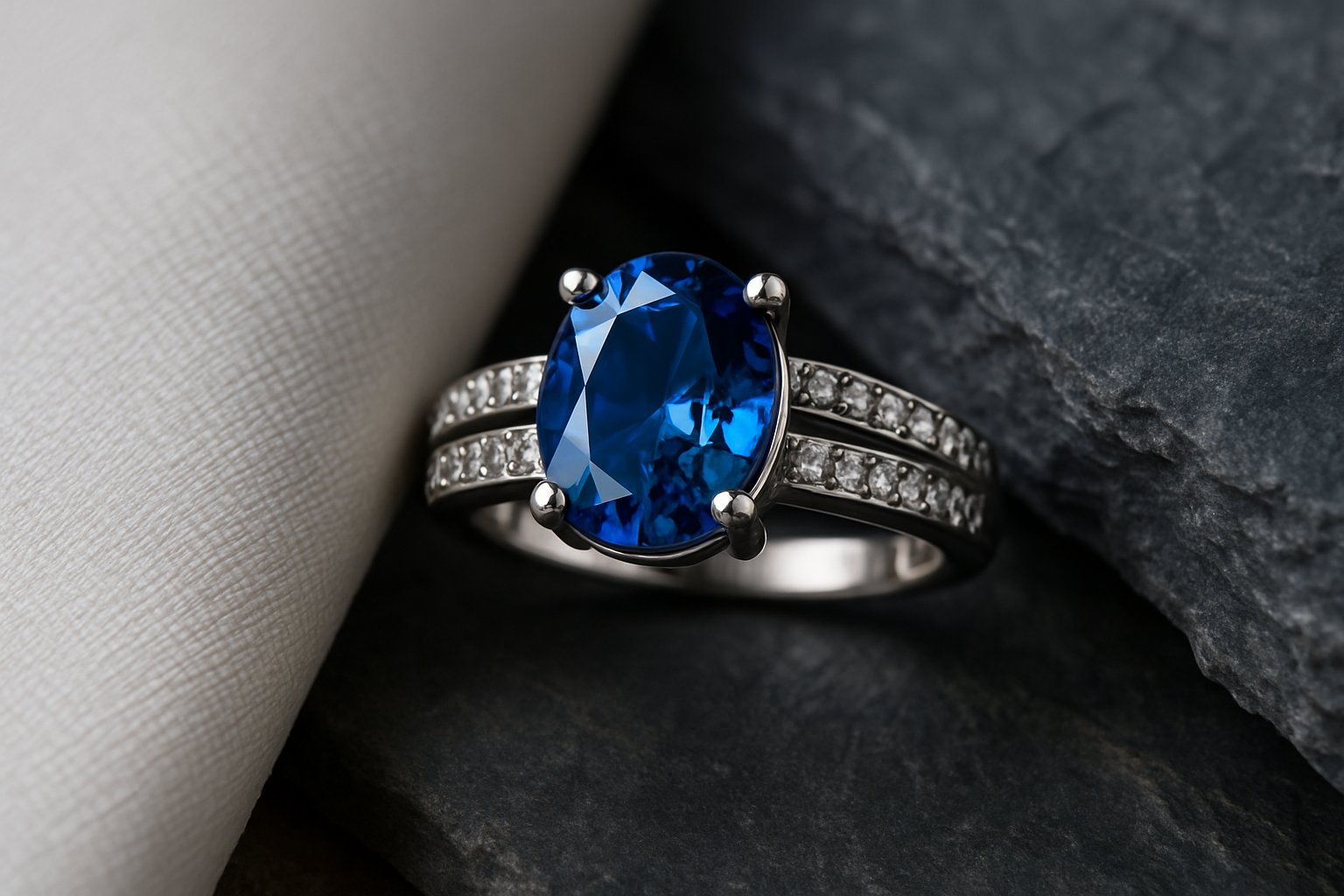
Ghost mannequin photography is a staple in the world of fashion eCommerce. It delivers a clean, three-dimensional view of apparel that helps customers visualize how garments will look when worn—without the distraction of a visible model or mannequin. But while the end result looks polished and effortless, achieving that perfect ghost mannequin shot comes with real technical and creative challenges.
As any experienced ghost mannequin photographer will tell you, there’s much more to the process than snapping a few pictures and erasing a mannequin in Photoshop. From lighting complications to editing precision, this specialized form of product photography demands skill, planning, and the right tools.
Let’s break down six common challenges in ghost mannequin photography—and how professional photographers overcome them.
1. Capturing the Right Angles for a Seamless Composite
The Challenge:
Ghost mannequin photography relies on compositing multiple images into one final shot. Typically, this involves shooting the garment on a mannequin and then photographing the interior portions separately (like the inside collar or back of a shirt). If the angles or proportions are even slightly off, the final image can look unnatural or distorted.
How Pros Solve It:
Professional ghost mannequin photographers use consistent camera positions, lens focal lengths, and tripod setups to lock in framing across all shots. They also mark garment positions and use fixed lighting rigs to ensure uniform shadows and highlights. This preparation allows for a seamless blend in post-production.
2. Dealing with Transparent or Reflective Materials
The Challenge:
Fabrics like lace, mesh, or satin pose a unique challenge. Transparent materials can reveal parts of the mannequin that need to be removed, while reflective fabrics pick up unwanted glare or lighting artifacts.
How Pros Solve It:
An experienced ghost mannequin photographer will use diffusion techniques, such as softboxes and light tents, to reduce harsh reflections. For transparent items, additional post-production work is done to mask out visible mannequin lines while maintaining the garment’s texture and shape. Sometimes, multiple lighting passes are blended to retain both clarity and detail.
3. Maintaining Garment Shape and Fit
The Challenge:
A common pitfall in ghost mannequin photography is a flat or lifeless look. Poor garment fitting or misaligned clothing on the mannequin can result in awkward folds, drooping shoulders, or distorted seams.
How Pros Solve It:
Professionals spend time styling each item meticulously. This might involve pinning, steaming, or using temporary adhesives to ensure the fabric hugs the mannequin naturally. Some studios also use mannequins with detachable parts to better match human body proportions and enhance garment drape. Maintaining realistic volume is essential to making the product visually appealing.
4. Consistent Lighting Across Product Lines
The Challenge:
Inconsistent lighting leads to a disjointed catalog. This is especially problematic for brands with multiple product lines that need cohesive imagery across platforms like Shopify, Amazon, or a dedicated eCommerce site.
How Pros Solve It:
Ghost mannequin photographers rely on controlled studio setups with consistent light sources. White balance, exposure settings, and background treatments are standardized across all shoots. Color calibration tools are also used to ensure fabric tones stay true-to-life, which is vital for customer trust and satisfaction.
5. Time-Intensive Post-Production
The Challenge:
Compositing ghost mannequin images is time-consuming. Editors must remove the mannequin cleanly, insert interior garment shots, smooth fabric, and retouch imperfections—often frame by frame. One mistake, and the final image loses its professional edge.
How Pros Solve It:
Top-tier studios use skilled retouchers familiar with apparel-specific editing workflows. They work in layers, use advanced masking tools, and maintain a close eye on proportions and fabric textures. Many also create templates for recurring product types, which speeds up the editing process while maintaining consistency.
6. Scaling for High-Volume Shoots
The Challenge:
When photographing hundreds—or even thousands—of SKUs, keeping up quality and consistency becomes a logistical nightmare. Different sizes, materials, and styles all need individual attention.
How Pros Solve It:
Efficient ghost mannequin photographers develop streamlined production pipelines. This includes pre-shoot planning, batch processing in post, and standardized file naming. Larger studios often integrate digital asset management systems to organize and deliver final images quickly. The key is balancing precision with efficiency—something only achievable with experience and structure.
Final Thoughts
Ghost mannequin photography may look clean and simple on the surface, but the process is anything but. Each stage—from styling to lighting to editing—demands attention to detail and technical know-how. That’s why working with a professional ghost mannequin photographer isn’t just a luxury—it’s a necessity for brands that want to compete in the crowded eCommerce space.
When done right, ghost mannequin images not only showcase your apparel beautifully—they also build customer confidence and drive conversions. And that’s the real value of overcoming these challenges with skill and strategy.
Need Expert Ghost Mannequin Photography?
Whether you're launching a new clothing line or refreshing your online store, working with a seasoned ghost mannequin photographer ensures your products look polished, professional, and ready to sell. Don’t leave your brand visuals to chance—invest in quality that sets you apart.





Write a comment ...